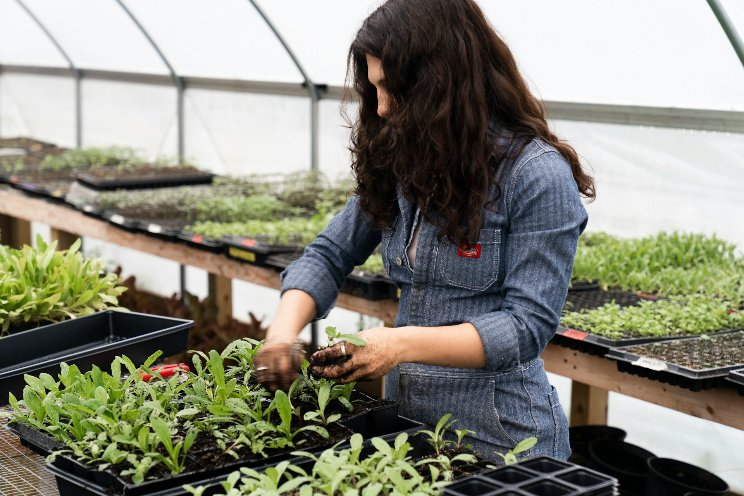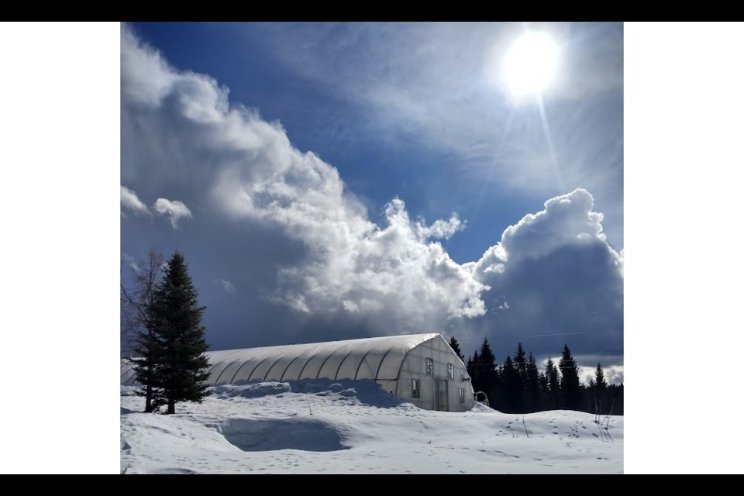Can the heat from running computers help grow our food?
Added on 27 March 2023

The new QScale data center development in Lévis, Que. is one such project. The company claims that it will "produce 2,800 tons of small fruit and more than 80,000 tons of tomatoes per year" in greenhouses to be constructed adjacent to the facility.
In promotional campaigns, QScale picks up on the growing public attention to make food systems more local amid supply chain disruptions and rising grocery costs.
As social scientists researching the environmental footprint of digital technologies, we're interested in the potential benefits and drawbacks of this new emerging connection.
Data centers coming in hot
Every time we access content online—whether it is a video or the latest social media post—it is sent to our device by a different computer, usually located in a large data center. Also known as a "server farm," a data center is typically a warehouse-like building that hosts hundreds of computer servers that store, process and transmit big swaths of data.
Data centers are increasingly criticized for their carbon footprint. The majority of emissions result from manufacturing the hardware they use. Servers also run day and night, continuously consuming energy and emitting heat. Backup generators guarantee uninterrupted data flow.
Image by DCStudio on Freepik
More news















